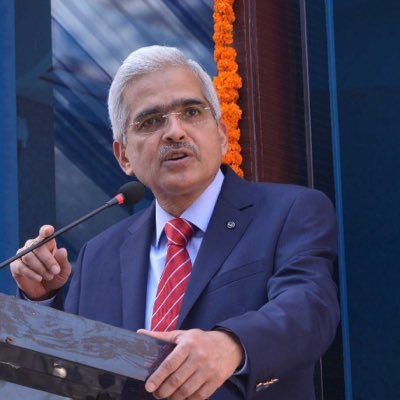Much to the surprise of the government, international credit ratings agency Standard & Poor this month kept India's credit rating unchanged at BBB (minus) with a stable outlook. India's economic affairs secretary Shaktikanta Das, understandably, said: "It is a question which calls for an introspection among those who do the rating," adding global investors felt India is highly "under-rated."
Prime Minister Narendra Modi's government has effected many reform measures such as the introduction of the GST (goods and services tax) and come up with clean, market-friendly policies in many sectors. There may be several factors why S&P is not moved, but it does have a point on weak public finances among its concerns, apart from a low per-capita income.
S&P observes that general government debt needs to go below 60% of the gross domestic product (GDP). The current level is at about 69%. It is true that India's fiscal deficit is expected to close the current fiscal year at an impressive 3.5% of the GDP. Consumer price-based inflation was at 4.31% in September, the lowest in 13 months and below the Reserve Bank of India's target of 5% for the end of the current fiscal year.
However, weak public finances are underscored by the lingering problem of a mountain of bad loans – non-performing assets (NPAs) as they are called – on which the government has not done much. These loans, either not repaid or not earning interest, imply the government needs to spend a lot over the next two years to clean up bank balance sheets, which means the fiscal deficit is looking good today, but may not stay that way next year.
S&P says so in crisper words, saying India needs to spend about 2 percent of its GDP to spruce up its bank balance sheets in line with international requirements. It estimates that state-controlled banks need to infuse as much as US $45 billion by 2019, given their weak profitability, to meet international capital norms, compared with the $11 billion committed by the government.
India's NPAs totalled a whopping Rs 6.5 trillion at the end of last June, and Credit Suisse said that another Rs 3.3 trillion may be hidden from view as they have not yet been recognised as difficult loans. Quarterly earnings for the quarter ended September showed a 127% year-on-year rise in NPAs to Rs 1.44 trillion for 18 banks, indicating that the concerns are real.
Among other factors, this is something that needs to be watched in the coming months. It is true that some economic recovery, both at home and across the world, can improve finances. At the same time, low per-capita income, as S&P observes, can result in lower demand that in turn hurts fiscal discipline.
Read more India News and Economy News here



